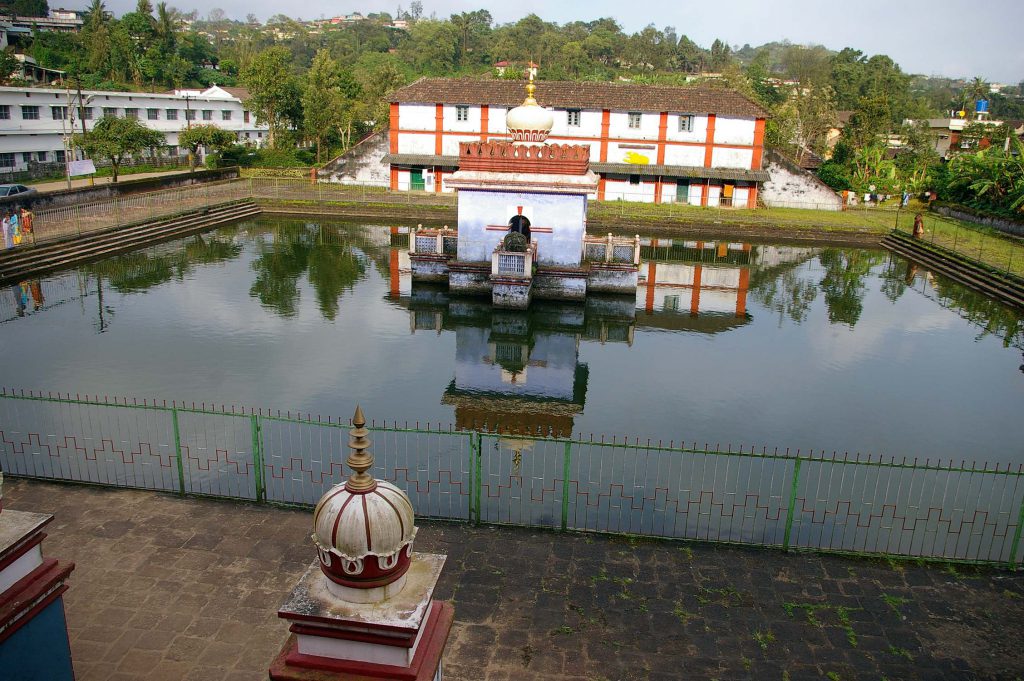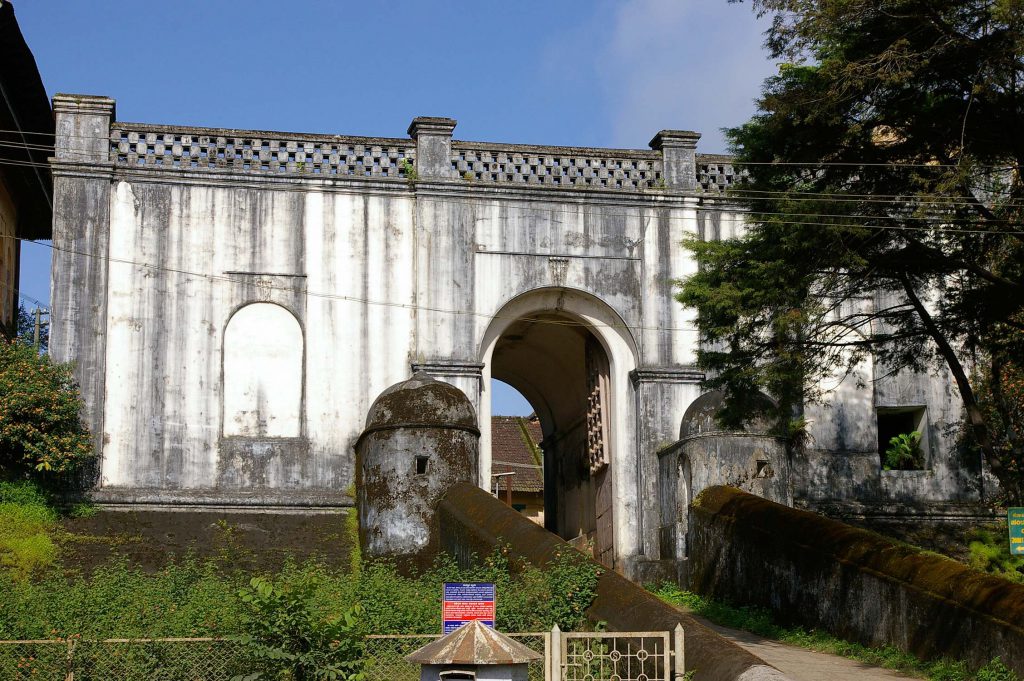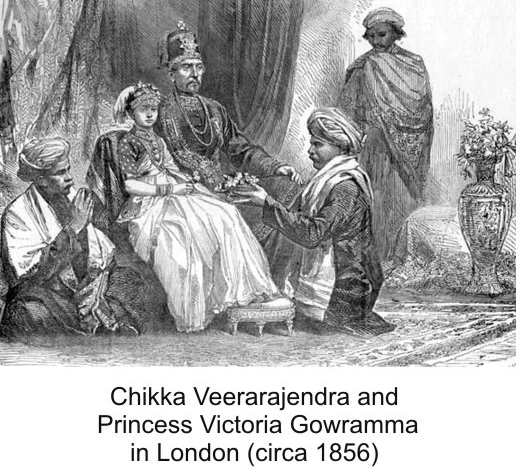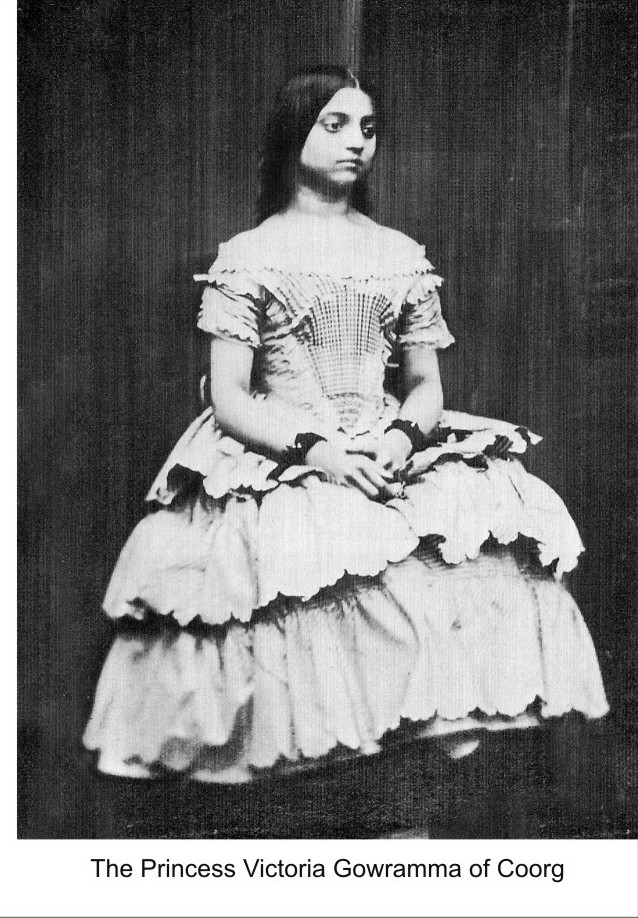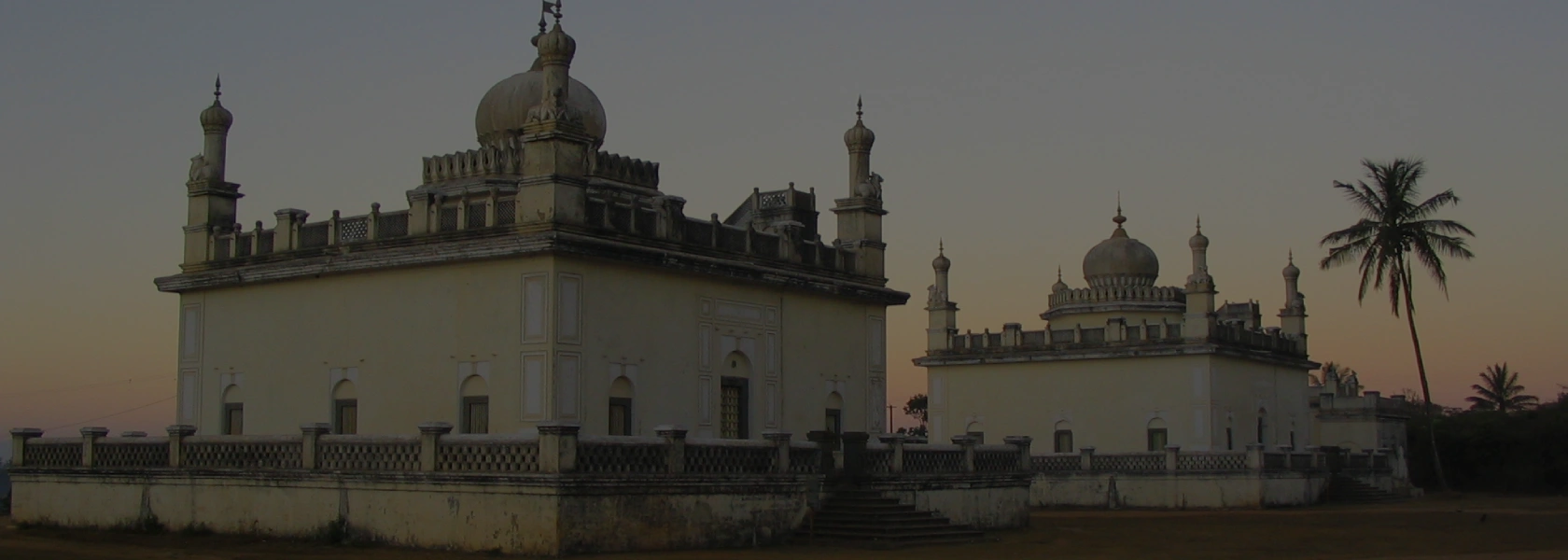
OUR HISTORY
A BRIEF HISTORY OF COORG
Most of the early accounts of Coorg history are essentially legendary. History of Coorg is rather vaguely available from the ninth and 10th century’s inscriptions. According to these records, Coorg was ruled by several South Indian dynasties like Gangas, Pandyas, Cholas, Kadambas, Changalvas and Hoysalas. After the fall of Hoysala rule in the 14th century, Coorg came under the supremacy of the Vijaynagar Empire. Subsequently, Coorg was ruled by local chieftains called Nayakas, until the advent of the Lingayat Rajas.
The reign of the Coorg Rajas began around 1600 when Veeraraja, a minor Lingayat prince from Ikkeri in Shimoga district, ventured into the inhospitable province of Coorg with a burning ambition of establishing a dynasty of his own.
Veeraraja’s successors extended their influence. His grandson Mudduraja, a popular ruler, brought most of Coorg under his rule. Mudduraja’s son Siribai Veerappa Raja ruthlessly eliminated some of the surviving Nayakas and the Haleri dynasty was firmly established in Coorg by 1700 AD.
Around 1736, Hyder Ali deposed the Wodeyars to become the Nawab of neighbouring Mysore. The British East India Company had by then added territorial interest to their trading activities. Hyder Ali and his son Tipu Sultan controlled most of southern parts of India, and were formidable opponents of the British who were well entrenched in Malabar. Both the adversaries saw Coorg as a strategic area. Hyder Ali, and later Tipu Sultan, held Coorg tenuously from 1780 to 1791. After the demise of Lingaraja (grandson of Mudduraja) in 1780, his sons (Dodda) Veerarajendra, Lingarajendra, and Appajiraja were imprisoned by Tipu in Periyapatna. Loyal Coorgs (Kodavas) rescued the three princes from the clutches of Tipu. Over the next three years, Veerarajendra with help from the Coorgs, reclaimed his kingdom.
It was in 1790 that the British East India Company proposed signing a friendship treaty with Veerarajendra to join hands in eliminating Tipu Sultan. Veerarajendra readily agreed, and this alliance succeeded in vanquishing Tipu Sultan in 1799.
The wars with Hyder and Tipu decimated the population of Kodagu. Veerarajendra invited Hindus, Christians, Jains and Muslims from neighbouring areas to repopulate his kingdom. He founded the town of Virajpet in 1790.
Veerarajendra stabilized Coorg. During his reign, people enjoyed peace and were able to pursue agriculture and trade without threats of war. However, Veerarajendra, who was considered a hero of the Haleri dynasty, turned despotic as he aged. He was distraught at not having a male heir to the throne by his royal wives. He feared conspiracies against him and his four daughters. Suspecting both his younger brothers, he one day ordered for their heads. His assassins brought Appajiraja’s head. But Lingarajendra escaped decapitation when Veerarajendra changed his mind just in time. Several of his close aides and dewans were executed on suspected plots against his rule. Some of his exasperated Coorg commanders did hatch a plot when they found their Raja had lost his mental equilibrium. Alerted to the conspiracy, Veerarajendra set a trap for the conspirators. When the rebels entered the Fort in Madikeri, Veerarajendra had the gates closed and the three-hundred odd trapped plotters were ruthlessly massacred.
With his paranoia increasing, he trusted no one. His health suffered and he finally sought the help of the British to ensure that his eldest daughter Devammaji would ascend the throne after his demise. He made large investments with the British for his daughters. When he died in 1809, Devammaji, aged ten years, became the Rani of Coorg with Sode Raja Basavalingaraja (husband of Veerarajendra’s daughter from his first wife) acting as the regent.
By then his brother Lingarajendra schemed to replace the outsider Sode Raja, to become the regent to the young Rani. Within a year, he manoeuvred the British and the dewans to usurp the throne for himself. He promptly declared his son, also named (Chikka) Veerarajendra as heir-apparent.
Lingarajendra ruled from 1811 to 1820. He maintained good relations with the British. Agriculture flourished, and that encouraged Lingarajendra to introduce a system where tax levied was based on the fertility of the land. Towards the end of his reign, Lingarajendra started behaving in a highhanded manner and surrounded himself with sycophants. He became intolerant of any form of criticism. His cold-blooded murder of his senior dewan Chowrira Appanna and the respected Brahmin Subarasaiah, alienated him from his subjects. In repentance for killing Subarasaiah, he built the Omkareshwara Temple in Madikeri to appease the spirit of the Brahmin.
Lingarajendra was succeeded by his eighteen-year-old son Chikka Veerarajendra. Chikka Veerarajendra took the advice of his favourite dewan, Kunta Basava, who had started as a kennel keeper of Lingarajendra, disregarding the other three elderly and judicious dewans. Dewan Kunta Basava was hated by the Coorgs. He instigated Chikka Veerarajendra to commit grave atrocities on them. The young Raja feared that his cousin Devammaji who was dethroned by his father would be assisted by the Coorgs to replace him on the throne of Coorg. Feeling extremely insecure, he with help from Dewan Basava got the daughters of Dodda Veerarajendra eliminated. Chikka Veerarajendra’s next target was his sister and brother-in-law whom he suspected of plotting to topple him. The couple barely escaped being killed and sought refuge under the British in Mysore. The British who were keeping an eye on Coorg, started receiving numerous reports of atrocities of Chikka Veerarajendra. When Chikka Veerarajendra demanded his brother-in-law and sister be handed over to him, the British Resident in Mysore refused. In 1831, a British officer named Casamajor and an Indian revenue official named Kullapally Karunakara Menon were sent to Madikeri to meet Chikka Veerarajendra and gather first hand information. An infuriated Chikka Veerarajendra imprisoned both the emissaries of the British. This was the beginning of serious hostilities between the East India Company and the Raja of Coorg. While Casamajor was released, Chikka Veerarajendra held Karunakara Menon hostage, and demanded his brother-in-law and sister in exchange.
By then the British got intelligence reports that the Coorg dewans had turned against Chikka Veerarajendra. Finally, in April 1834, Coorg was attacked by the British, who marched into Madikeri Fort with hardly any resistance. Chikka Veerarajendra was deposed and was stripped of most of his wealth. He was exiled to Vellore along with his thirteen wives. A year later, Chikka Veerarajendra and his family were permanently banished to Benares.
By 1852, he had seven sons and four daughters. He befriended some of the British and managed to get permission to visit England along with favourite daughter Gowramma whom he wanted to be raised as a Christian and given Western education. Father and daughter sailed to England in March 1852 and both spent the rest of their lives in that country.
Queen Victoria took a great liking for the eleven-year-old princess. She adopted the newly baptized Indian princess as her goddaughter and took extraordinary interest in her upbringing. Another young Indian royal from Punjab, Maharaja Duleep Singh, already a Christian convert, landed in England in 1854. Queen Victoria tried her best to bring about a matrimonial alliance between the two royals from her Indian Empire. In spite of all her efforts, this did not materialize. In 1860, Princess Victoria Gowramma married Lt. Col. John Campbell, thirty years her senior. They had a daughter named Edith Victoria Gowramma Campbell. Sadly, in 1864 Princess Victoria Gowramma died of tuberculosis.
Chikka Veerarajendra’s real purpose of visiting England was to recover the funds his uncle Dodda Veerarajendra had invested with the British. He filed a legal suit against the East India Company in the Chancery Court. After unsuccessfully fighting the case for seven years, he died a heart-broken man in 1859.
People in Coorg found living conditions vastly improved under the British rule. Peace returned to the troubled land. With the introduction of education, improved administration, better agricultural practices, and opening of coffee estates, the economy of Coorg improved manifold. The British retained the identity of Coorg intact and administered the province under a Chief Commissioner.
In recognition of their loyalty to the British, “the brave people of Coorg” were exempted from the Disarming Act that was introduced all over India after the revolt of 1857. However, by 1930s the freedom movement took firm roots in Coorg. In 1956 Coorg was merged with the then Mysore State (renamed Karnataka in 1973), in accordance with the States’ Reorganization Act.
Article by C.P. Belliappa
Source:
Coorg: Land of Beauty and Valour by P.T. Bopanna
Photos of Madikeri fort and Omkareshwara temple by Ajay Ghatage

